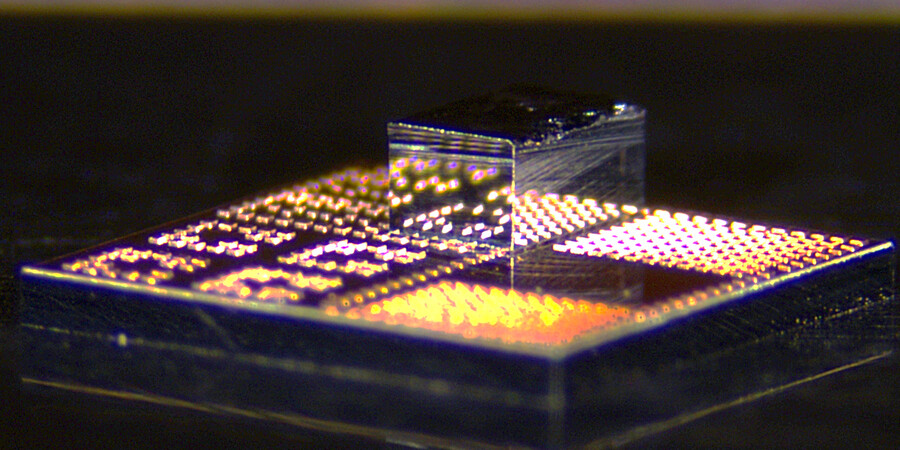Rafael Reif | The Hill, Opinion Contributor
December 21, 2022
Spurred by strained supply chains, growing concerns about China, and the landmark CHIPS and Science Act Congress enacted last summer, U.S. semiconductor manufacturing seems poised for a renaissance.
News of chip manufacturing facilities slated for Ohio, upstate New York and most recently Arizona should buoy all Americans for their promise of good new jobs and because these factories will make us less dependent on others for the chips that are the building blocks of most modern products, from phones to automobiles.
Important as they are, however, these new factories will mainly serve to increase access to current chips, including those manufactured with state-of-the-art technologies. While that’s vital, it’s a short-term solution. To secure national leadership and prosperity over time, the U.S. needs to be the birthplace of the new ideas that will determine the future — including the future of semiconductor technology, design, and manufacturing. Guaranteeing that future requires swift federal action.
Complete article from The Hill.
Explore
AI System Learns from Many Types of Scientific Information and Runs Experiments to Discover New Materials
Zach Winn | MIT News
The new “CRESt” platform could help find solutions to real-world energy problems that have plagued the materials science and engineering community for decades.
New Tool Makes Generative AI Models More Likely to Create Breakthrough Materials
Zach Winn | MIT News
With SCIGEN, researchers can steer AI models to create materials with exotic properties for applications like quantum computing.
New 3D Chips could Make Electronics Faster and more Energy-Efficient
Adam Zewe | MIT News
The low-cost, scalable technology can seamlessly integrate high-speed gallium nitride transistors onto a standard silicon chip.



